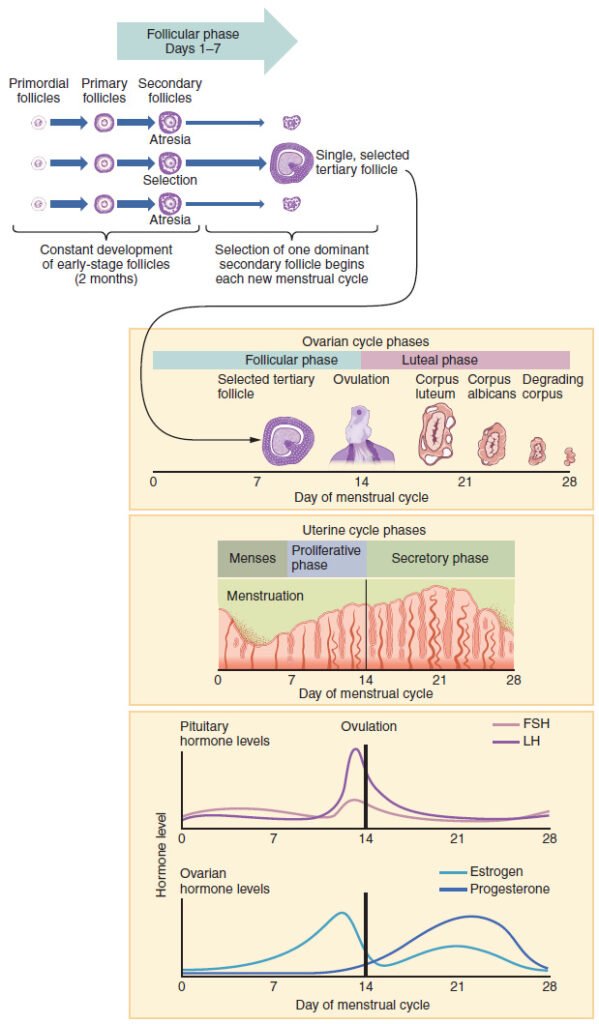Treatment Overview
The Uterine-Sparing Partial Uterus Removal (USPUR) in Korea is an advanced gynecologic surgical procedure that removes only the diseased or problematic portion of the uterus while preserving healthy uterine tissue. This fertility- and function-preserving approach is ideal for women who wish to retain their uterus for future fertility, hormonal balance, or pelvic health.
Korean medical centers lead the world in this highly specialized surgery, combining minimally invasive laparoscopic and robotic techniques with precision imaging and microsurgical skill. These innovations make Korea a preferred destination for women seeking safe, advanced uterus-preserving surgery.
Purpose & Benefits
Purpose:
- Remove diseased portions of the uterus while maintaining as much healthy tissue as possible
- Preserve fertility, hormonal balance, and pelvic anatomy
- Improve overall quality of life without the need for complete hysterectomy
Benefits:
- Retention of uterine function and fertility potential
- Minimal surgical trauma with advanced laparoscopic or robotic methods
- Faster recovery compared to traditional hysterectomy
- Reduced risk of hormonal disruption
- Preservation of pelvic support and sexual function
- Less postoperative pain and shorter hospital stays
Ideal Candidates
USPUR is suitable for women who:
- Have localized uterine conditions such as fibroids, adenomyosis, or localized endometrial disease
- Wish to preserve fertility or retain the uterus for hormonal balance
- Prefer a minimally invasive surgery with precision preservation of uterine tissue
- Are in good general health and suitable for laparoscopic surgery
Korean hospitals conduct thorough evaluations—including imaging, hysteroscopy, and lab tests—to design individualized surgical plans for optimal outcomes.
Possible Risks & Complications
While USPUR is generally safe, potential risks include:
- Minor bleeding or infection
- Injury to surrounding pelvic structures (rare)
- Scar tissue formation (adhesions)
- Recurrence of uterine disease requiring further surgery
- Anesthesia-related complications
Korean surgeons mitigate risks using nerve-sparing microsurgical techniques, advanced energy devices, and real-time imaging guidance.
Surgical Techniques Used
Korea’s approach to uterine-sparing partial removal involves:
- High-Definition Laparoscopy or Robotic Assistance: For precise visualization and surgical accuracy.
- Microsurgical Dissection: Preserves uterine tissue and surrounding structures.
- Energy-Based Vessel Sealing (Ultrasonic/Bipolar): Reduces bleeding and minimizes tissue trauma.
- Fluorescence Imaging (ICG): Enhances visibility of blood flow and vital structures.
- Pelvic Floor Preservation Techniques: Support pelvic stability and function after surgery.
These techniques ensure maximal preservation of uterine structure while safely removing diseased tissue.
Recovery & Aftercare
Recovery after USPUR is generally faster than full hysterectomy procedures. Most patients can return home within 1–2 days and resume normal activities within 2–4 weeks, depending on the extent of surgery.
Postoperative care includes:
- Pain management and incision monitoring
- Avoiding heavy lifting or strenuous activity for several weeks
- Follow-up imaging and check-ups to ensure healing
- Pelvic floor rehabilitation and lifestyle guidance
- Fertility or hormonal counseling if desired
Korean hospitals offer tailored aftercare programs for reproductive and pelvic health.
Results & Longevity
USPUR offers strong long-term benefits:
- Removal of diseased uterine tissue while preserving function
- Minimal postoperative pain and faster recovery
- Retention of fertility potential and pelvic health
- Reduced hormonal disruption
- High patient satisfaction and improved quality of life
Korean surgeons track outcomes carefully, ensuring high success rates and functional preservation.
Treatment Process in Korea
The process for USPUR in Korea is patient-focused and structured:
- Preoperative Consultation & Diagnostics: Includes ultrasound, MRI, hysteroscopy, and lab tests.
- Individualized Surgical Planning: Based on uterine condition, patient goals, and reproductive needs.
- Minimally Invasive Uterine-Sparing Surgery: Performed using laparoscopic or robotic precision techniques.
- Structured Recovery & Rehabilitation: Including physiotherapy, fertility guidance, and follow-up.
Korean hospitals provide comprehensive support for international patients, including travel coordination, translation services, and accommodation arrangements.
Cost Range
The Uterine-Sparing Partial Uterus Removal in Korea generally ranges between USD 8,000 and 15,000, depending on:
- Surgical complexity and technology used
- Hospital and surgeon expertise
- Length of hospital stay and aftercare
- Extent of uterine preservation required
Costs usually include consultation, surgery, anesthesia, hospitalization, and postoperative follow-up.
Popular Clinics
- Asan Medical Center (Seoul): Renowned for minimally invasive uterine-sparing surgery with high success rates.
- Samsung Medical Center (Seoul): Offers precision-guided partial uterus removal with advanced technology.
- Severance Hospital (Yonsei University, Seoul): Pioneers in robotic and laparoscopic uterine preservation.
- CHA Gangnam Medical Center: Specializes in fertility-preserving gynecologic surgery.
- Ewha Womans University Medical Center: Offers uterine-sparing procedures combined with personalized rehabilitation programs.




